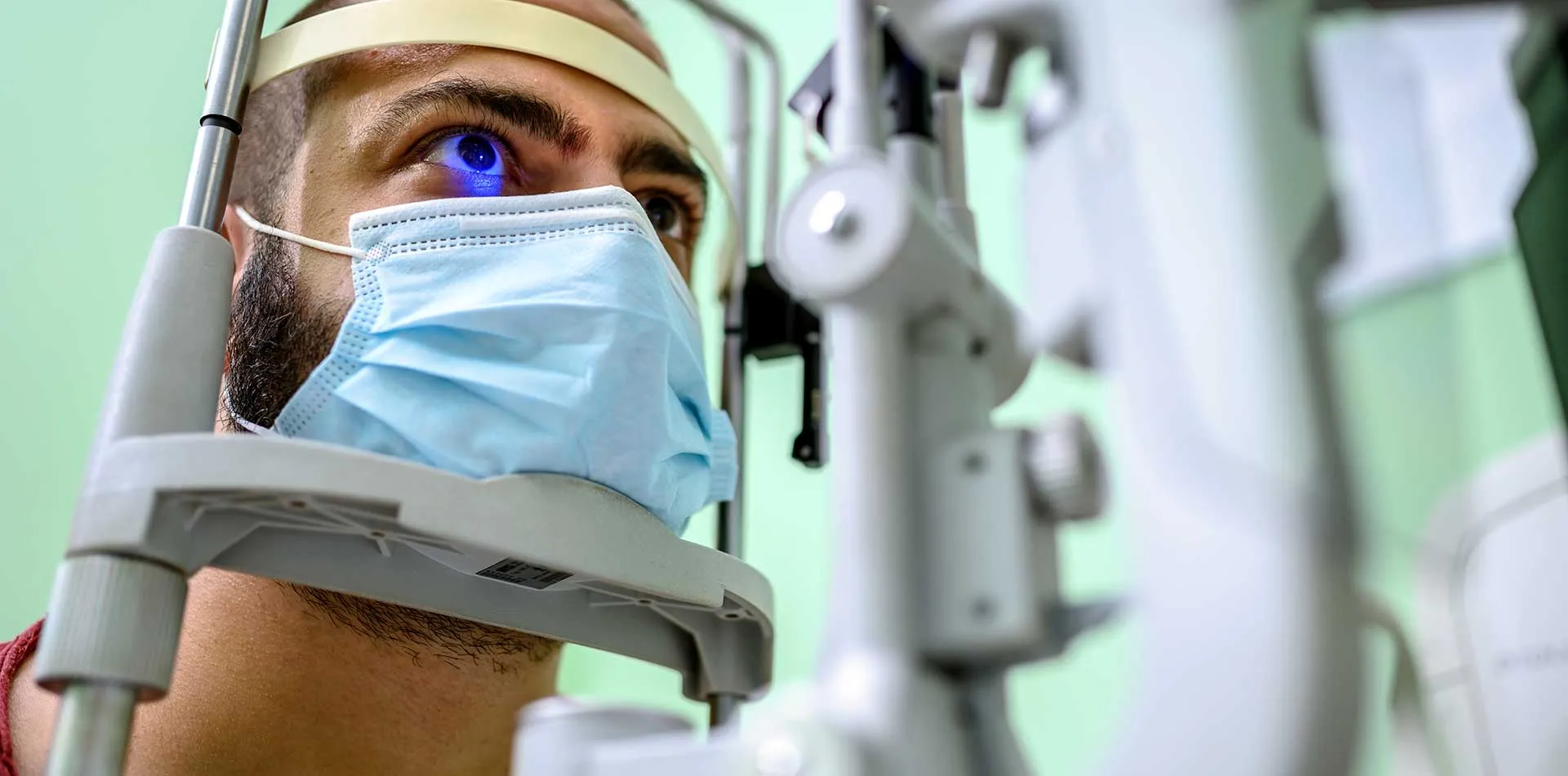Retinal diseases
Retinal diseases have visual symptoms that widely differ based on the condition. Retinal disorders affect some part of the retina, a thin layer of tissue on the inside back wall of the eye, causing a visual problem.
The retina carries millions of light-sensitive cells (rods and cones) and other nerve cells that collect and direct visual information. It transmits this message to the brain through the optic nerve, enabling people to see.
Depending on the type of retinal disease, the condition is treated to stop or delay the disease and preserve, repair or restore the vision. However, if the retinal disorder is untreated, some can cause severe vision loss or blindness.
Know the types of retinal disorder
Common retinal conditions are as follows:
• Retinal tear. It happens when the clear, gel-like substance in the center of the eye (vitreous) shrinks and tugs on the thin layer of tissue lining the back of the eye (retina) with sufficient traction, resulting in a break in the tissue. It often causes symptoms like floaters and flashing lights.
• Retinal detachment. There is fluid under the retina in this condition. When the fluid passes through a retinal tear, it lets the retina lift away from the underlying tissue layers.
• Diabetic retinopathy. Tiny blood vessels (capillaries) in the back of the eye may deteriorate and leak fluid into and under the retina in diabetics. This results in retina swelling that may blur or distort the vision or develop new, abnormal capillaries that break and bleed, causing the eyesight to worsen.
• Epiretinal membrane. It is a delicate tissue-like scar or membrane that resembles crinkled cellophane lying on top of the retina. This membrane pulls up on the retina resulting in weakening vision, making objects look blurred or crooked.
• Macular hole. This is a minor defect in the center of the retina behind the eye (macula). It is caused by abnormal traction between the retina and the vitreous or an injury to the eye.
• Macular degeneration. In this condition, the retina's centre begins to deteriorate, resulting in blurred central vision or a blind spot in the center of the visual field. There are two types — wet macular degeneration and dry macular degeneration. Typically, people first experience the dry form that gradually progresses to the wet form in one or both eyes.
• Retinitis pigmentosa. This is an inherited degenerative disease that gradually the retina, causing loss of night and side vision.
Understand the symptoms
Several retinal diseases have similar symptoms like:
• Witnessing floating specks or cobwebs
• Blurred or distorted vision, wherein straight lines look wavy
• Defects in the side vision
• Lost vision
Examine each eye alone to notice these.
Consult the doctor
Get a doctor's help when you suddenly have floaters, flashes or reduced vision, as they are warning signs of potentially severe retinal disease.
Recognise the risk
Retinal diseases might happen due to ageing, smoking, eye trauma, being obese, having diabetes or other medical conditions or a family history of retinal diseases.
